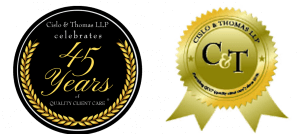U.S. Patent Grants Rise in 2024, Ending a Four-Year Decline
Takeaway: In 2024, the U.S. Patent and Trademark Office saw a rise in patent grants and applications, with foreign companies dominating patent filings, highlighting the growing global competition in innovation and the agency’s ongoing efforts to reduce its backlog.

In 2024, the U.S. Patent and Trademark Office saw a rise in both patent grants and applications, with grants increasing by 3.8% and applications up by 3%. The number of patents granted reached around 324,000, ending a four-year decline, while the office continued to address a significant backlog of patent applications that reached over 800,000. Samsung led the list of patent recipients for the third consecutive year, followed by TSMC and Qualcomm, with companies from Asia, particularly China, seeing notable increases in patent grants.
Despite U.S. companies securing the most patents, foreign companies dominated the patent landscape, especially from Japan and China. It is also notable that there is growing interest in technologies like waste management and alternative proteins, signaling emerging trends in innovation. The USPTO has made efforts to address delays by hiring more examiners and improving systems for routing applications.
Leadership Shift and Policy Changes at the USPTO Under Trump Administration
Takeaway: The Trump administration has already implemented significant changes, including appointing a new USPTO acting director, a return to in-person work, and the rescission of Biden-era AI regulations, signaling a shift in policy focus and operational priorities.

Since President Trump has taken office, there has already been several changes the USPTO. Coke Morgan Stewart has been appointed acting director of the U.S. Patent and Trademark Office, returning to the agency after serving as senior counsel at O’Melveny & Myers LLP. Stewart previously held a deputy director role at the USPTO in 2021, working alongside temporary leadership while awaiting a formal nomination for the director position. Following the departure of Kathi Vidal in December, Stewart steps into the role to oversee the agency until a permanent director is confirmed.
Federal employees are now required to return to in-person work under a directive from President Trump, a shift from the USPTO’s long-standing telework culture. The agency has historically embraced remote work, with significant portions of its workforce teleworking even before the COVID-19 pandemic. This flexibility has been recognized as a key factor in reducing overhead costs and retaining employees. The new policy, which also includes hiring freezes and stricter rulemaking protocols, marks a departure from these practices and may challenge the USPTO’s established operations.
The Trump administration has also rescinded the Biden administration’s 2023 executive order on artificial intelligence (AI). This order had sought to establish standards for AI safety, security, and innovation while providing specific guidance for patent examiners on AI-related inventions. The USPTO had already issued guidance emphasizing the necessity of substantial human contributions in AI-assisted patents and addressing the conditions under which AI-related technologies could be deemed patent-eligible. With the rescission, planned recommendations on copyright protections for AI-generated works and the use of copyrighted materials in training AI systems have been halted.
Trademarking Scents in the U.S.
Takeaway: Only 15 scents are trademarked in the U.S. due to strict criteria requiring non-functionality and distinctiveness, with examples including Play-Doh’s aroma and industrial product fragrances.
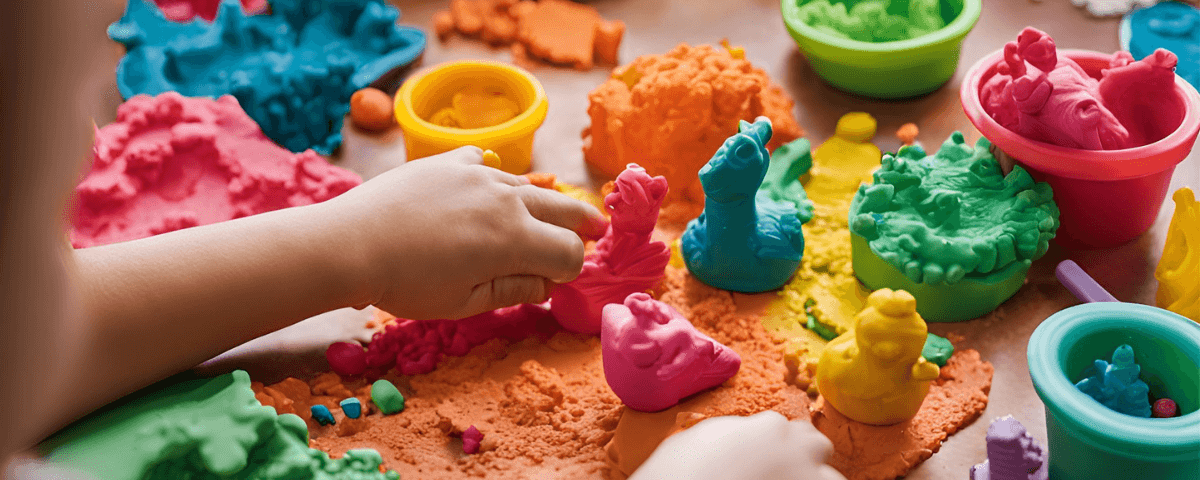
Scent trademarks in the U.S. are very rare, with only 15 scents successfully registered as of mid-2023. The first U.S. scent trademark was awarded to OSEWEZ for plumeria-scented thread and yarn, originally conceived as a gimmick. The process is challenging due to the need for substantial evidence proving consumer association, which explains the limited number of scent trademarks.
To trademark a scent, two criteria must be met. The first is non-functionality, whereas the scent cannot be the product’s primary purpose. The second is distinctiveness, meaning that consumers must associate the scent with a specific brand. Examples include Play-Doh’s iconic aroma, described as a mix of sweet, musky vanilla with hints of cherry and salted dough. Most other trademarked scents are linked to industrial products, like fruity-smelling vehicle lube and banana/evergreen-scented gun bore cleaner.
Federal Circuit Clarifies Filing Date as Key to Patent Prior Art Status
Takeaway: The Federal Circuit ruled that a patent application’s filing date, not publication date, determines its prior-art status, underscoring the Patent Act’s unique treatment of applications and acting as a reminder to prioritize filing dates in patent disputes.

The Federal Circuit ruled that the filing date of a patent application, not its publication date, determines its status as prior art under the Patent Act. This decision, made in an appeal involving Lynk Labs’ LED patent claims, upheld the Patent Trial and Appeal Board’s finding that a patent application filed before Lynk Labs’ priority date but published after could invalidate its claims. The court clarified that patent applications have a special status under the law, differing from other printed publications.
Judge Sharon Prost emphasized that the Patent Act allows a patent application filed before an invention’s priority date to serve as prior art, even if published later. Lynk Labs’ argument against this interpretation was deemed unconvincing, particularly regarding the treatment of patent applications that later become patents or printed publications.
The successful challenge, brought by Samsung Electronics, involved a prior art application that was abandoned and never issued as a patent. Additionally, Lynk Labs lost on two claim construction challenges in the same appeal. In a separate case on the same day, the Federal Circuit affirmed another PTAB decision invalidating Lynk Labs’ LED patent claims in a challenge by Home Depot. None of the parties commented on the rulings.
Judge Rules “Walgreen” Heir Didn’t Violate Settlement Over Use of Family Name
Takeaway: A federal judge ruled that Charles Walgreen did not violate a 2013 settlement by naming his company after himself, emphasizing that agreements must be interpreted based on their specific terms, not broader assumptions.
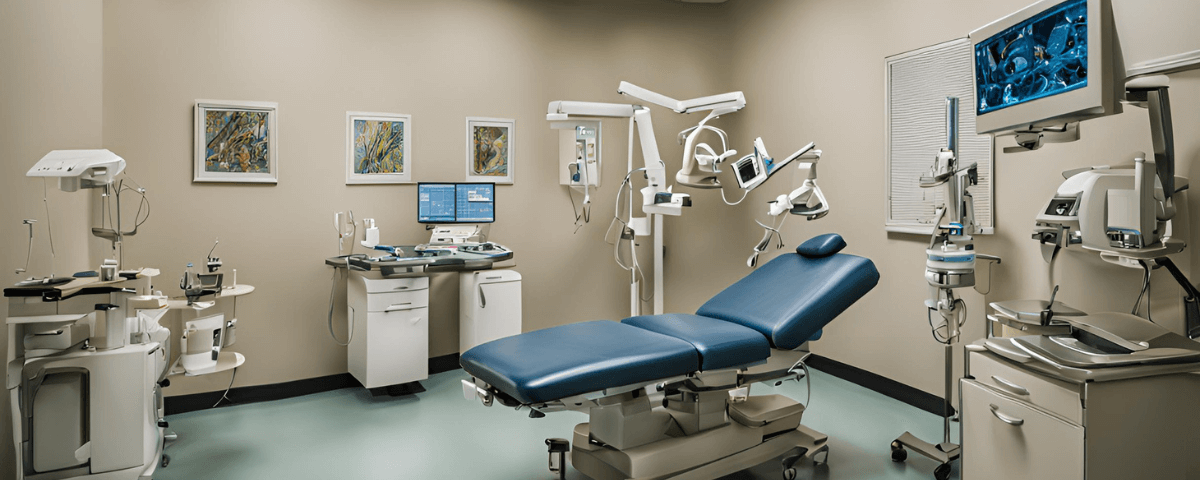
A federal judge in Illinois ruled that Charles Walgreen did not violate a 2013 settlement agreement with the Walgreens retail and pharmacy chain, which had alleged that his use of the “Walgreen” name for his company, Walgreen Health Solutions, breached the deal. The defendant company sells specialty medical products and adopted the Walgreen name in 2018, leading to a trademark infringement lawsuit from the retail chain in 2023.
Judge Virginia Kendall found that the 2013 agreement only applied to two specific companies Walgreen was previously affiliated with and did not restrict him from naming new ventures after himself. She dismissed the claim with prejudice, rejecting the argument that the agreement prohibited Walgreen from creating businesses that might be confused with the retailer.
The ruling leaves the retailer’s trademark infringement, dilution, and unfair competition claims intact, with a jury trial scheduled for September. Charles Walgreen’s attorney stated the decision affirms his right to use his family name. Representatives for Walgreens Retailer did not comment on the ruling.
Supreme Court Petition Seeks to Resolve Circuit Split on Copyrightability Decisions
Takeaway: Strategic Technology Institute has petitioned the U.S. Supreme Court to resolve whether judges or juries should decide copyrightability, highlighting the need for consistent standards in handling copyright disputes across circuits.
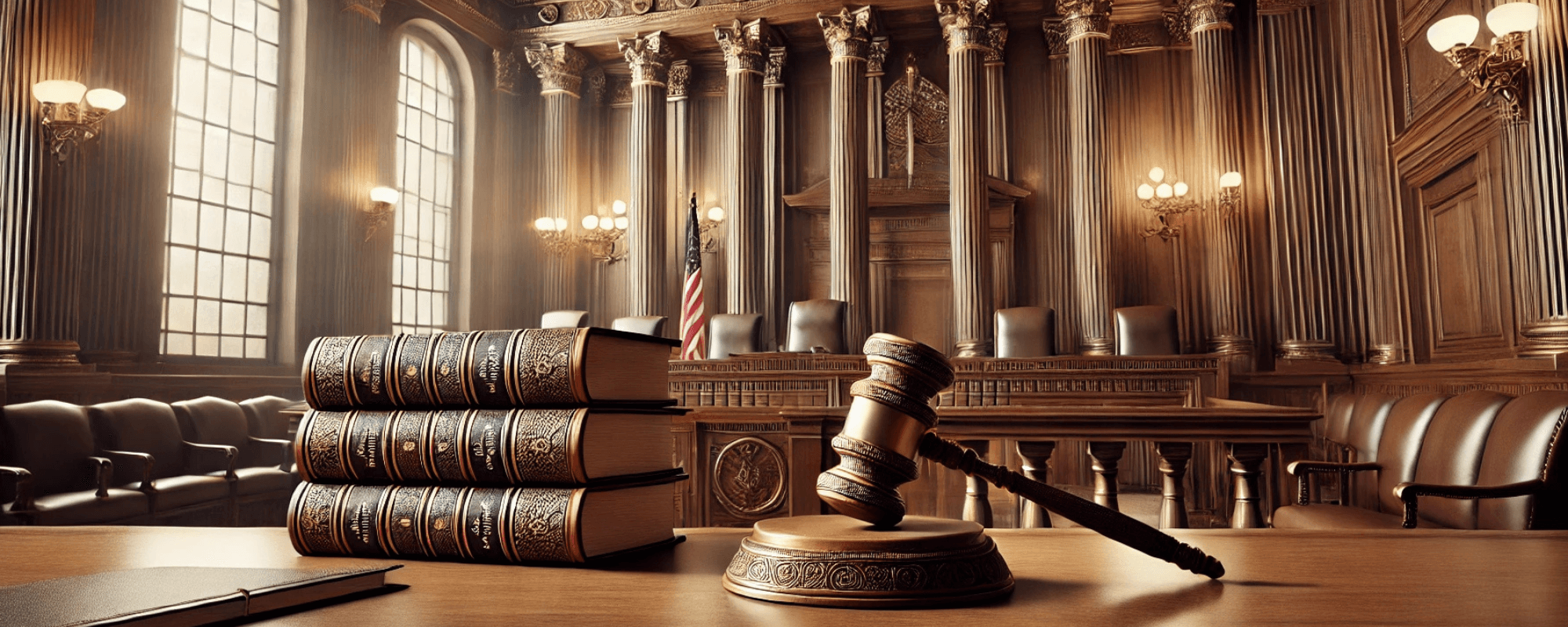
Strategic Technology Institute has petitioned the U.S. Supreme Court to resolve a circuit split over whether judges or juries should decide questions of copyrightability. This stems from a $180,000 jury verdict in favor of MGMTL LLC, which accused Strategic Technology of infringing software designed to populate U.S. Department of Defense forms.
Strategic Technology argues the district court erred by sending copyrightability questions to the jury, contending courts are better suited for such issues. The petition highlights conflicting practices among circuits: while courts in the Fifth, Ninth, and Eleventh Circuits treat copyrightability as a question of fact for juries, other circuits, including the First and Second, assign the matter to judges. The case could have significant implications for copyright litigation.
Artists Are Going “Bananas” over this Copyright Dispute
Takeaway: Joe Morford is appealing a ruling that dismissed his copyright claim against Maurizio Cattelan’s “Comedian” installation, arguing that copyright protection should apply regardless of popularity, highlighting the importance of safeguarding creative works even if they aren’t widely recognized.
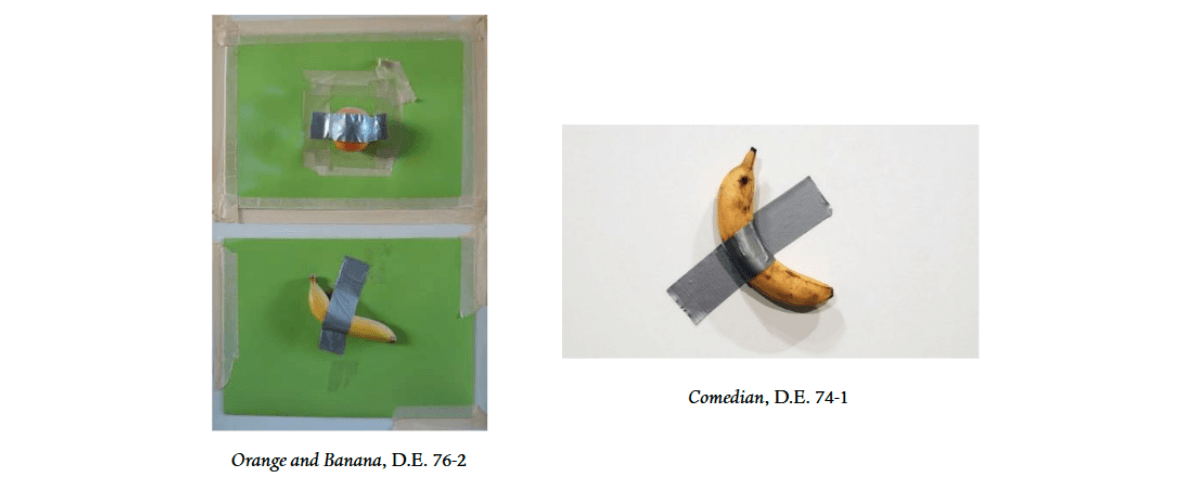
Joe Morford, a California artist, is appealing to the U.S. Supreme Court, arguing that his 2001 artwork “Banana & Orange” should be granted copyright protection despite its simplicity, after his lawsuit against Italian artist Maurizio Cattelan’s 2019 “Comedian” (a banana taped to a wall) was dismissed by lower courts.
Despite acknowledging that his work is “just a stupid banana taped to a wall,” Morford argues that copyright protection shouldn’t depend on popularity or success, and that the similarities between the two pieces, even without the orange in Cattelan’s work, warrant legal protection. Cattelan’s piece has made significant money, including a $6.24 million sale. Morford represents himself in his fight for recognition.
Cislo & Thomas LLP Spotlight
Congratulations to our 2025 Super Lawyers® Recipients
Congratulations to our Super Lawyers® Recipients – Daniel M. Cislo, Esq. and Peter S. Veregge, Esq. This is an honor reserved for those lawyers who exhibit excellence in practice, with only 5% of attorneys in Southern California receiving this distinction!




